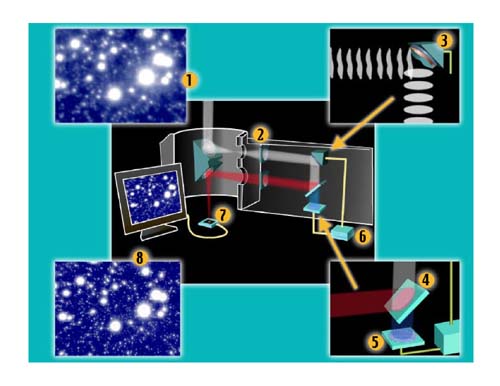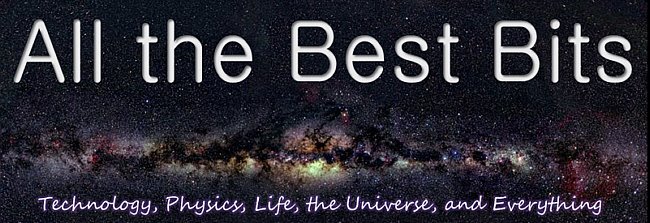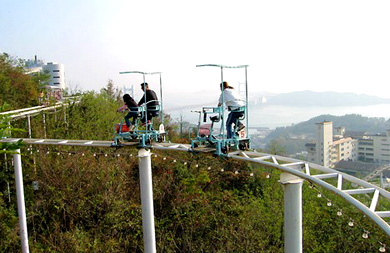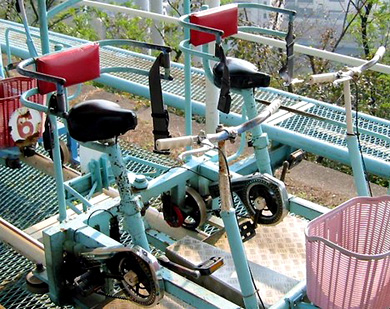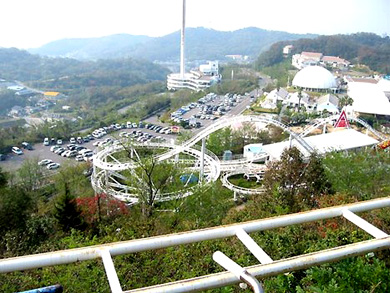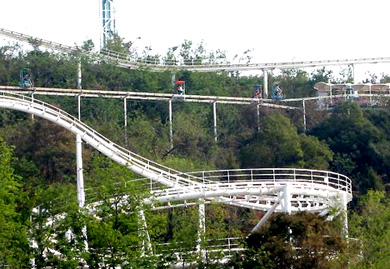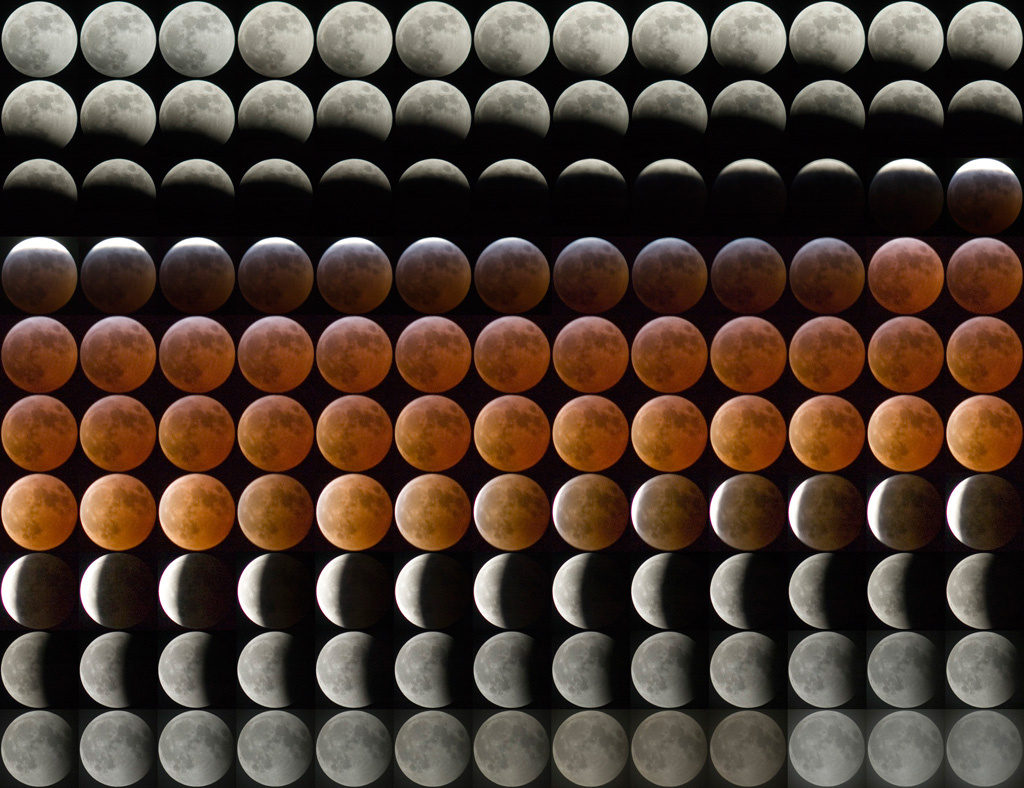I've heard and read many business aphorisms in my tenure running first MicroDisplay and now MobiTV. The single most important and accurate saying of the vast lot, the one principle which has the broadest and most significant impact on the success of any venture I could imagine, is:
But this principle is now far out of reach for many public schools.
The "hire slowly" part is simply about exercising extreme care in who you hire, their qualifications, their work ethic, their standards of excellence, their record of past performance, and perhaps most importantly, their cultural fit and ability to maintain and foster the above attributes with a positive spirit even when severely overworked. I have found that A people really hire A People, and B People really do hire C People. Too much of that, and before you know it, despite a core group of well-intentioned and capable staff, the intrepid find themselves rapidly surrounded by a growing sea of mediocrity, or worse. This is a particularly pernicious problem when an enterprise is forced to grow quickly in an area with a limited pool of quality candidates.
With by-and-large miserable compensation packages, often dysfunctional administrations, and work loads with responsibility for so many students that the demands of the job become farcical, the pool of truly qualified K-12 teachers is woefully small. In such an environment, hiring mistakes are inevitable. Even with a perfect hiring record, teachers burn out, break down, or simply get distracted with other things. Once performance begins to flag for any reason, without IMMEDIATE attention, a horribly rotting disease begins to fester. This is where the "Fire fast" part comes in.
The idea is not to fire someone as soon as the slightest frustration, slight, or lapse arises. What it means is that whoever is responsible for managing the effort has an obligation to quickly address deficiencies, help the troubled staff to overcome its difficulties, and make a QUICK and realistic assessment if there is a genuine chance of performance recovery on a timescale that will protect the business at hand. If the assessment is negative, quick action to remove the problem immediately (though it is my strong belief that this should be done in a manner that is fair and supportive of those leaving the organization in order to efficiently move them on to other opportunities where they are more likely to be successful), to "fire fast," is imperative.
If performance problems are not addressed immediately, there is the obvious direct result that students who have no chance to "re-do" a critical and often foundational step in their educational chain will be in front of poor-performing teachers. But there is an even worse problem that results. In the absence of quick action, it becomes immediately obvious to all the other employees and teachers that problems are not addressed, and there is neither any penalty or consequence for failing to meet a high standard, nor (another problem) any advantage to extra-hard work in support of raising a standard.
A downward-spiraling effect springs forth almost immediately, where positive behaviors are not rewarded, and negative behaviors are reinforced to result in an ever-worsening culture of ever-lower standards. In effect, one rotten apple really does begin to spoil the whole bunch.
The ONLY palative is to aggressively remove the negative elements from the environment and support the positive ones before the rot sets in. But check out this "
Firing Flowchart" from an organization that penetrated the NY City public school administration. (hat tip to Shelly Batts over at
Retrospectacle) As she did, I reproduce the image snippet from her site because the full extent of the process WON'T EVEN FIT ON THE BLOG PAGE.
Do click on the above link if you want to see the complete and horrifying picture. A quick glance makes it immediately obvious why bad teachers almost never get fired. It's simpler and far cheaper to just ignore the problems instead of investing the extensive efforts of multiple people for years in a likely fruitless effort to fire even a single problem employee. In my mind, realizing that this system has been in place for decades almost single-handedly explains the public education dilemma of miserable standards, lack of professionalism, innefective administration, and the moribund cultures in many schools. There is simply no mechanism that alows the administration to actually BE responsible.
How could this situation evolve? I have two words; "Teachers' Unions."
Their originally laudable intent to protect and advance the interests of teachers has resulted in an unparalleled beurocratic environment which almost guarantees a ruinous culture of reinforced mediocrity, and unsupported excellence, and that in an administrative environment that increasingly leaches away support for teaching with an increasing tax of burdensome under-performers that are impossible to remove.
For all other enterprises, California is an "At Will" employment state, meaning that employees can quit at any time for any reason, and companies can fire employees at any time for any reason. That might sound a little capricious, but in parallel, there have evolved very strong employee rights laws which force employers to be fair in the exercise of these rights and foster strong protections from discrimination, harassments, and so on. The law already does a pretty darn good job of protecting the interests and rights of employees. I wouldn't expect any real education reform until an administration can expeditiously address any problem that might arise and protect and nurture a culture of excellence. Sadly, I fear that won't happen in the public education system until these types of corrupting supports from well-intentioned but ultimately misguided unions are completely eliminated.
Don't get me wrong, it's not the idea of Teachers' Unions themselves that is the problem, and I am not intrinsically anti-union. But it has become clear to me that many of the valuable opportunities to actually have a productive union support and train the best teachers have been undermined by the goal of supporting all the teachers, good or bad. Until that changes, the bad will continue to corrupt the good, and our children will suffer for it.
Do any of you have good union or school administration stories that are related? Please post your comments, as this is an issue near and dear to my heart.


